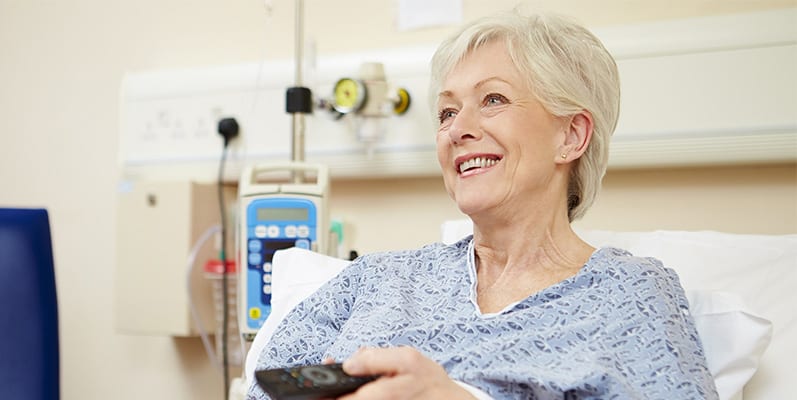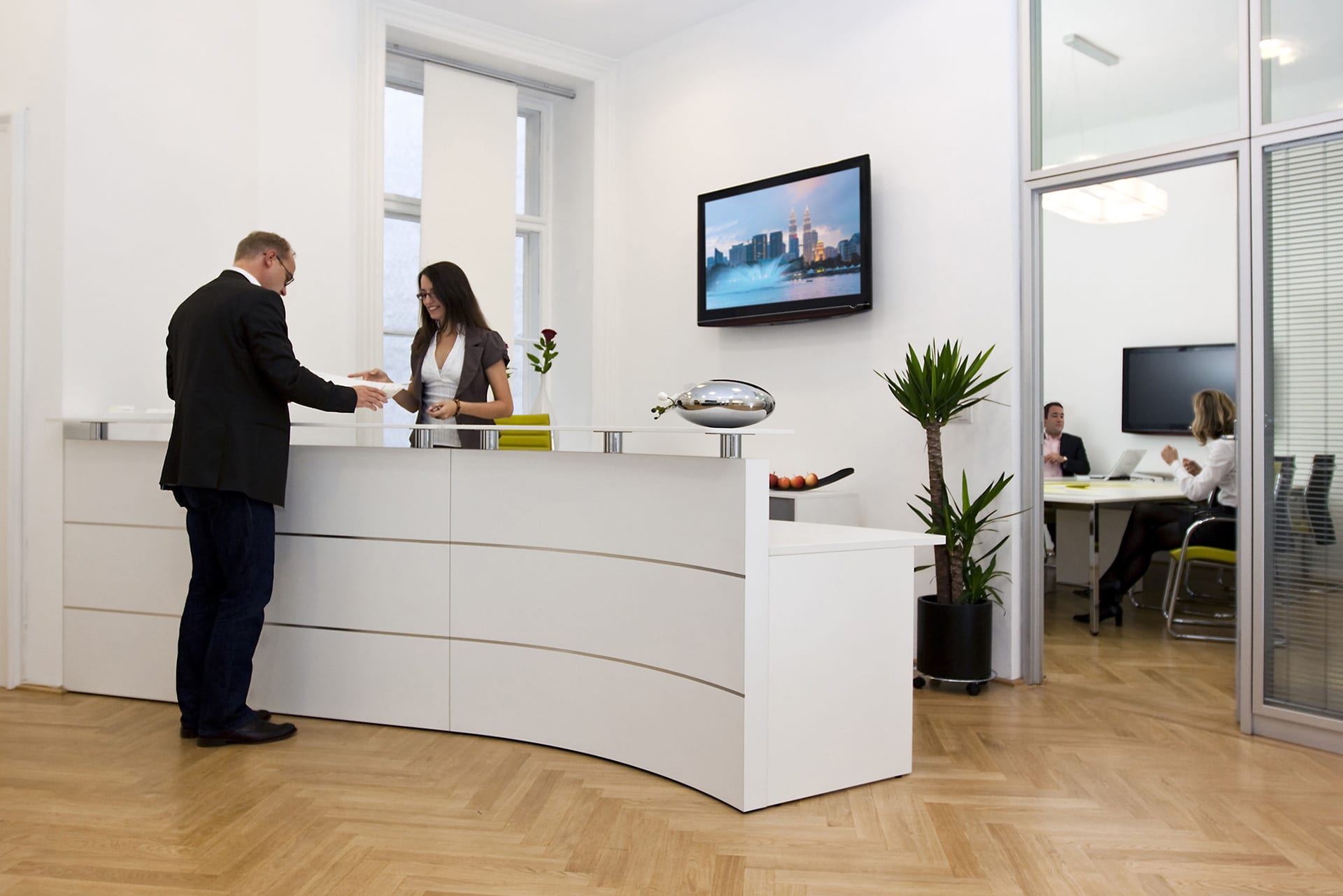
When you think of TV, a hospital probably isn’t the next thing that comes to mind. Memories of sidesplitting or sentimental TV moments, or the coziness of watching a movie in your pajamas are far more likely candidates.
However, these projections of familiarity and comfort are crucial in creating the kind of atmosphere that hospitals want to replicate. Hospital TV can provide comic relief for patients who have suffered through illness or trauma, it can act as a distraction from pain or discomfort and perhaps most importantly, it can bring a sense of homeliness to an otherwise unfamiliar atmosphere.
The television experiences that hospitals offer to patients will differ vastly in terms of quality of delivery, suitability of content, diversity in media type and accessibility. However, both public and private hospitals have much to gain from investment in patient services, including providing a more comfortable atmosphere for their patients, their families and visitors – as well as increasing operational efficiencies.
This is particularly important as patients and visitors aren’t the only end-users of hospital TV. Digital signage helps streamline staff routines, patient schedules, and visitation information. TV is used to provide vital health information to patients about management of healthcare when they leave the hospital and using IPTV in the delivery of remote psychiatric sessions. Multi-purpose television is also increasingly used as an educational tool, enabling interactive sessions and delivering real-time footage of surgeries to enhance training for medical internships and professional development.
The introduction of television into hospitals is hardly new. However, with a range of connected technologies entering the marketplace, hospitals have an unprecedented opportunity to extend the value of the entertainment or service offered and derive greater impact from the use of TV connected technologies. ADB’s Business TV solutions are tailored for the hospital market – is compatible with bedside pillows and connects to the nurses’ station to alert the nurses when needed. Furthermore, through the delivery of cloud-based software solutions, the TV can be remotely controlled and monitored throughout a hospital. Additionally, Business TV can be customized to meet the unique needs and services of the hospital or medical center, to ensure that everything from reception to staff communication, to patient support is managed in a streamlined and personalized manner.
Healthcare outside of the hospital can also see increased returns from investment in TV. The placement of public televisions that provide healthcare information, deliver healthcare campaigns, advise on important notices such as vaccinations, outbreaks and policy announcements are a highly efficient and cost-effective method of delivering key messages that can impact health attitudes and behavior and increase awareness of critical developments. This in turn could reduce pressures on doctors and hospitals over the long-term.
The use of television and connected devices in health is a burgeoning market,already providing benefits to the consumer and the hospital, but with great potential to evolve further. The business case is already apparent and as new technologies emerge and increase in sophistication, hospitals will have an increased ability to interact and support patients and staff in the hospital environment; investing in a flexible solution like Business TV that maximizes these opportunities, provides health cost-savings, comfort and public notices, now and in the future, can make a significant impact on our society.
ADB has extensive experience in delivering customized TV environments that suit a range of needs, including hospitals. As part of our Business TV solution, we deliver a range of services to help hospitals meet all of their TV needs, including the delivery of HD video, free VOD programming, an interactive program guide, the ability to pause live TV and, as well as compatibility with bedside pillows.



